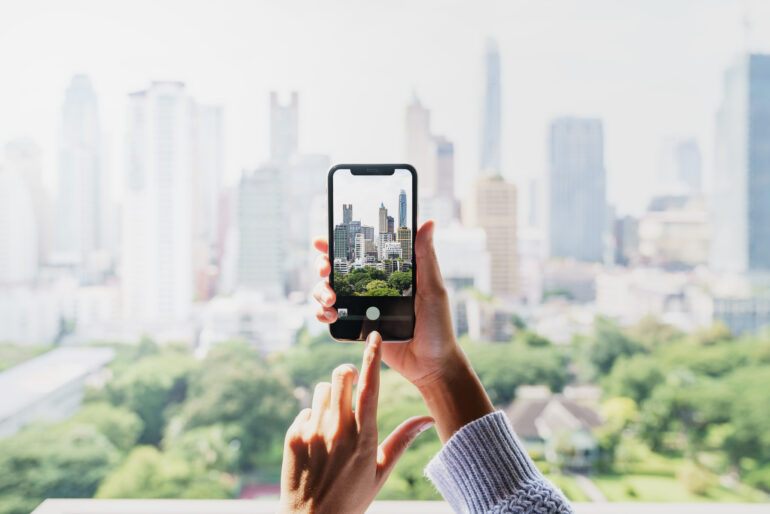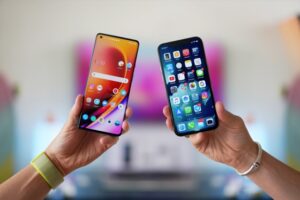Table of Contents
The ubiquitous presence of cell phones in our lives has made them an essential tool for capturing memories and experiences. One of the most remarkable and noticeable improvements in modern smartphone photography technology. With each new generation, cell phone cameras have undergone significant enhancements, enabling users to take stunning photographs and videos. In this article, we will explore how cameras on cell phones improve with new generations and how these advancements make a noticeable difference in the user experience.
Megapixel Count: From Grainy to Crystal Clear
In the early days of cell phone cameras, megapixel counts were relatively low, resulting in grainy and pixelated images. However, modern smartphones boast camera sensors with significantly higher megapixel counts, often exceeding 12MP, 48MP, or even 108MP. Higher megapixel counts allow for sharper and more detailed images, making them perfect for capturing intricate scenes or zooming in without sacrificing quality.
Image Processing: AI and Computational Photography
Advancements in image processing algorithms and the integration of AI have revolutionized cell phone photography. Features like computational photography enhance the image quality by capturing multiple shots and combining them to create a single, highly detailed photo. AI-driven enhancements such as scene recognition, portrait mode, and night mode contribute to better color accuracy, improved dynamic range, and stunning low-light photography, even without a flash.
Optical Image Stabilization (OIS) and EIS
To counteract shaky hands and motion blur in photos and videos, many modern smartphones now come equipped with Optical Image Stabilization (OIS) and Electronic Image Stabilization (EIS). OIS uses mechanical components to stabilize the camera lens physically, while EIS relies on software algorithms to reduce shaky footage. The result is smoother videos and sharper images, especially in challenging shooting conditions or while recording on the move.
Zoom Capabilities: Closer to the Action
Incorporation of telephoto lenses and periscope-style lenses has significantly improved zoom capabilities on cell phone cameras. Users can now achieve optical zoom without sacrificing image quality, capturing distant subjects with greater clarity. Some smartphone photography even offers hybrid or digital zoom, further extending the reach and versatility of their cameras.
Video Recording: From HD to 4K and Beyond
The video recording capabilities of cell phone cameras have also advanced rapidly. Older phones were limited to recording videos in standard definition (SD) or high definition (HD). In contrast, modern smartphones support 4K video recording and even offer features like 8K resolution and HDR video. This allows users to capture professional-quality videos directly from their phones.
Front-Facing Cameras: Perfect Selfies and Video Calls
Front-facing or “selfie” cameras have not been overlooked in the race for better smartphone photography. Manufacturers have improved front-facing camera sensors, image processing, and AI enhancements to deliver clearer and more detailed selfies. Additionally, wide-angle and depth sensors enable better portrait mode selfies, allowing users to blur the background and focus on the subject.
Conclusion
The evolution of cell phone cameras has transformed how we capture and cherish our precious moments. From low-resolution images to crystal-clear photographs, advancements in megapixel count, image processing, stabilization, zoom capabilities, and video recording have revolutionized the smartphone photography experience. AI-driven features and computational smartphone photography have further contributed to stunning results, making even amateur photographers capture professional-grade shots effortlessly. As the race for innovation continues, we can expect to witness even more exciting developments in cell phone camera technology, providing users with unparalleled creative possibilities and preserving memories like never before.
is a skilled Web Developer and Designer. He builds and designs websites that focus on best UI/UX practices. Justin is also a Verizon Product Expert at Victra, helping customers with Verizon products and services. His mix of design, coding, product, and general knowledge makes him a valuable and knowledgeable team member.




